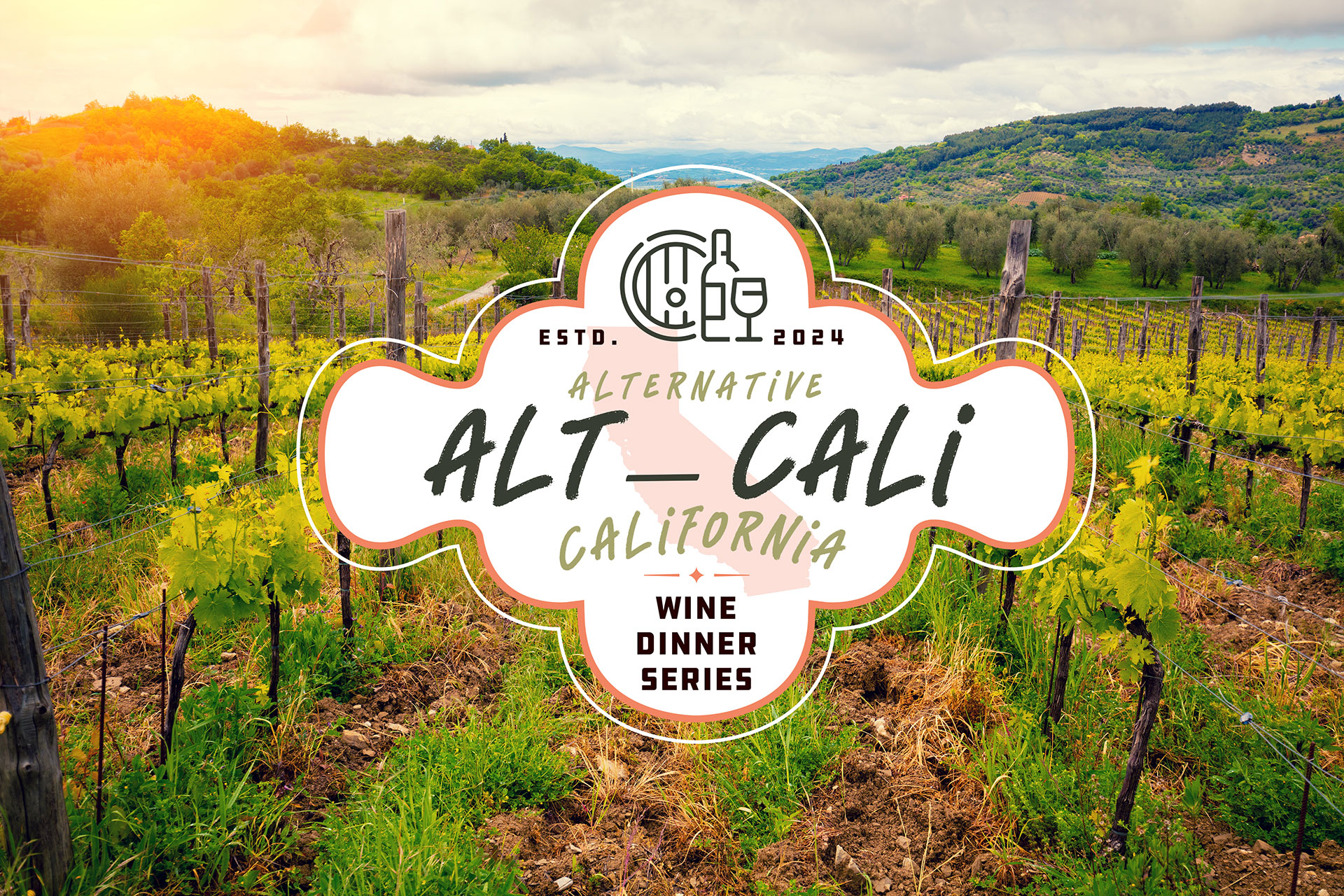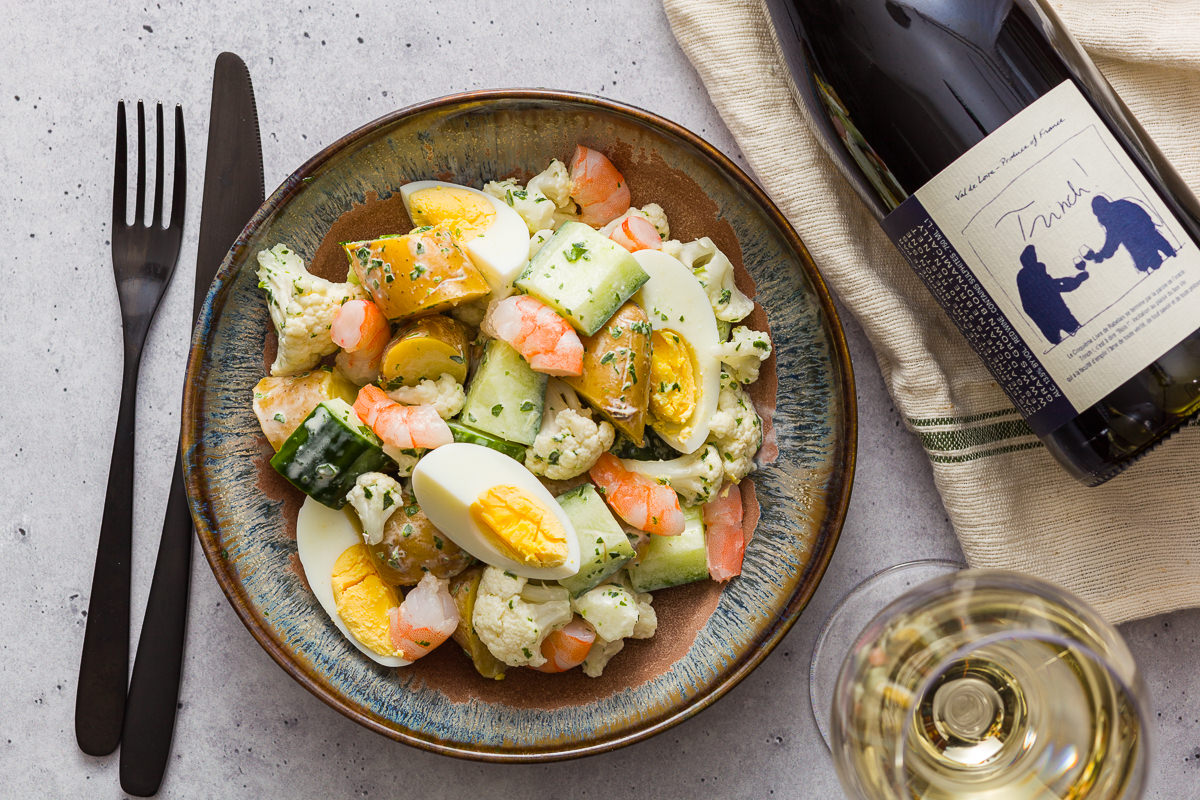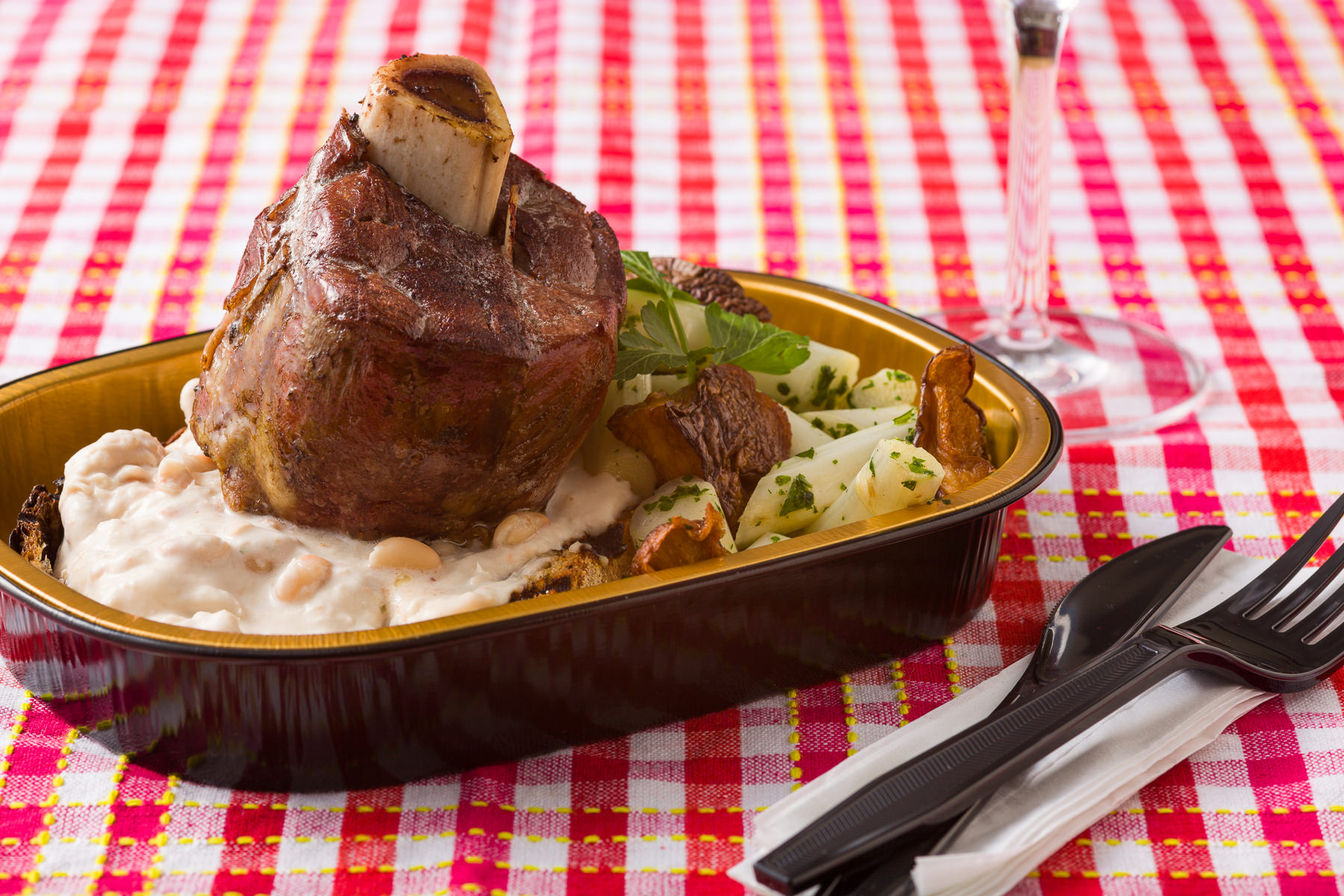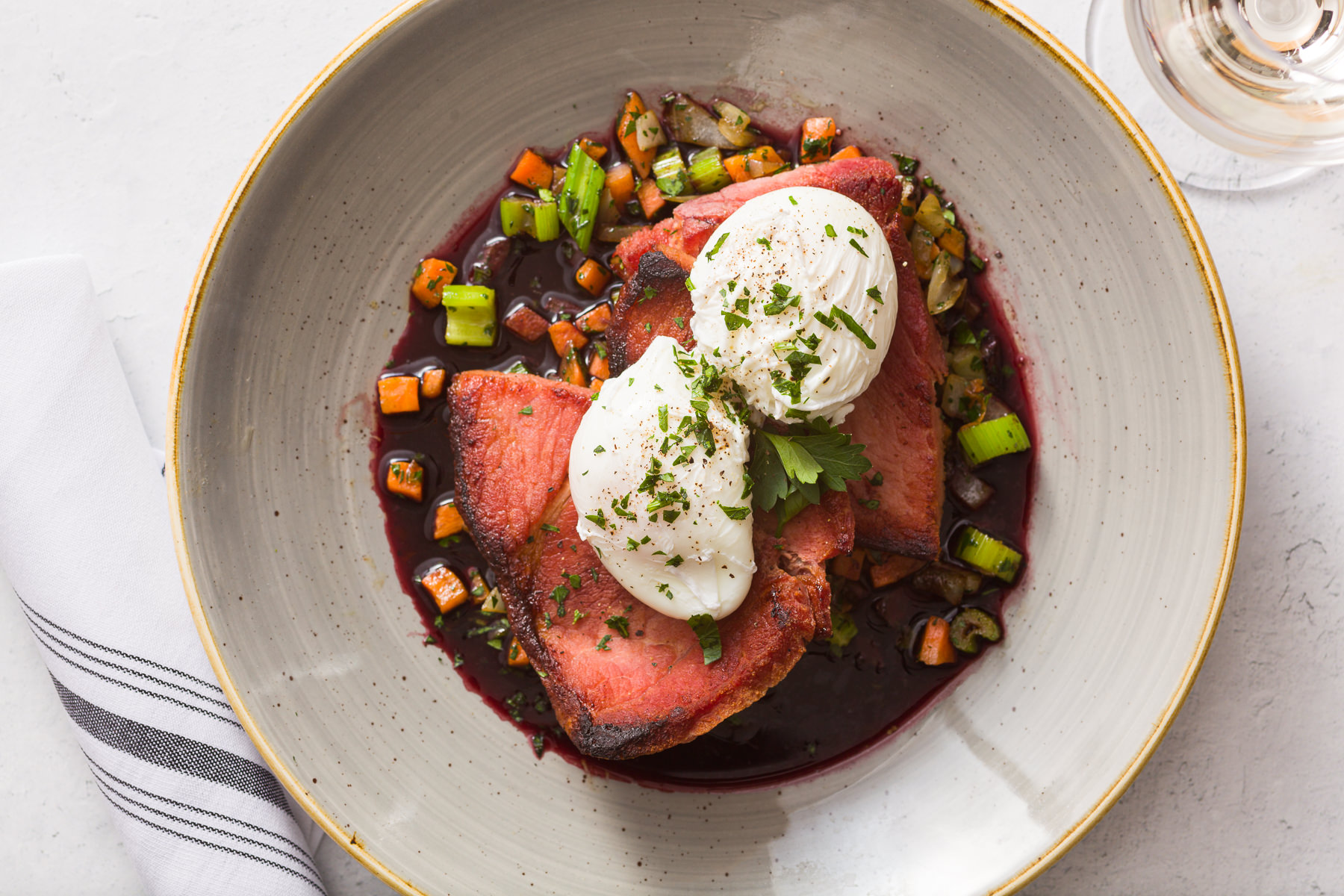
There are many ways of dividing the country of France: Geographically, culturally, and gastronomically.
This week Cadre is traveling north from Toulouse into a region sometimes known as Le Croissant, a crescent-shaped region that travels along a curve from the forested high plains of Limousin around the volcanic Massif Central into the upper plateaus of Auvergne.
Here the culture and dialects of Southern France (Langue d’Oc) intermingle with those of Northern France (Langue d’Oïl). This fusion is also evident in the cuisine of Limousin-Auvergne which combines the tomato and vegetable-driven dishes of Southern France with potato and cheese-inflected dishes of the Alps and Northern France. Defining the unique culinary identity of the region has been a challenge for many French food writers though, because of its simplicity and rustic character.
The region of Limousin-Auvergne is sometimes described as the “French Desert” for its sparse population and geographical isolation. In fact, it wasn’t until 2011 that the region could be easily accessed by motorway from Paris. Despite an increase in tourism since then, the way of life in most of Limousin-Auvergne has changed little since its first inhabitants transitioned from hunter-gatherers to herders. Few would question why because the landscape and climate here just might be the pastoral ideal.
The gently rolling hills and steep valleys of Limousin are perfectly suited to raising dairy and cattle like the region’s namesake Limousin beef, and the sloping mountain pastures of Auvergne are home to herders raising goats, cows, and sheep producing the highest concentration of AOC cheeses in France… Cereal fields like the Limagne plain are the main “breadbaskets” of France, producing grain and legumes…Reforestation with unparalleled foresight has led to the growth of rich, protected groves producing new regional varieties of apples for cider, chestnuts used in every conceivable manner, and oak especially, for producing coveted barrel staves for aging Bordeaux wines, Cognac, and Armagnac… not to mention rivers teaming with freshwater fish.
Sadly, the people of the region have historically been treated as backward and lazy, resistant to modernization. However, we stand with them when we say that perhaps they have simply found a life that is sustainable, and perhaps we are the ones who need to change.
Salade d’Le Puy
The first dish we would like to feature is this salad made from Puy Lentils. The famous green lentils have been cultivated for at least 2,000 years on the Limagne Plain near the Puys: The French name for the cinder cone volcanoes in the region. The richness of the volcanic soil here is unparalleled, being almost 2km deep, and known for producing uniquely peppery lentils, able to retain their shape even after cooking. We are featuring these Puy Lentils in a spring legume salad, paired with put-by peas, fresh spring sunflower shoots, cellared beauty heart radish, and walnuts, another specialty of Auvergne (specifically Bourbonnais) where they are also made into walnut oil used in the vinaigrette.
Gouère au Fromage
We were surprised to see how popular the Gouère was when reviewing orders this weekend, but perhaps we should not have been. Cheese curds and potatoes check all the boxes for Wisconsinites. Still, this dish reflects the simplicity of the region which is also known for Pommes Aligot ( which we featured for Pays de Rhône-Alpes). The Gouère is based on a type of savory pastry tart developed in the Middle Ages, and Robuchon specifies that the potato and cheese filling must be a minimum of 3cm (1.25” thick). He also recommends a slightly astringent cheese like Chevre de Tomme so we have chosen local goat cheese curds made by Clockshadow (Milwaukee). Another interesting note is that this dish is often converted to a savory dessert with the addition of sliced fruit like quince, apple, or prunes.
Boulettes de Pâte
Boulettes de Pâte (“balls of pâte”) is an example of the influence of Occitan France. Although we recognize them as a humble meatball, the French touch is the use of garrigue Herbes de Provence such as rosemary, thyme, and lavender, the latter which works surprisingly well with the savory dish. This is complemented by a mother sauce, tomato roux. An interesting note about the recipe’s use of veal is that in this region cattle are not fed on grain and it is a tradition that male veal calves live with their mothers during the summer, enjoying their milk. This is a much more humane way of raising veal and it should not be surprising that its yields are of higher quality. The method is now being imitated elsewhere.
Potée de Beouf et Farcidures
Potée (hotpot) is a common format used across France but is especially popular in this region. Typically it is a stew made from stock and red wine with cabbage and turnip as the primary ingredients. Although braised pork belly is the most popular meat, versions with beef, veal, goat, or mutton are not uncommon. This version uses beef, turnips, beauty heart radish, put-by tomatoes, and mirepoix.
The other important component of this dish is the dumplings known as Farcidures. These descend from a larger family of boiled bread known as Mique which developed in the Middle Ages. Traditionally these were made with millet but over time new grains were used such as cornmeal and buckwheat. For this version, we are using gluten-free potato dumplings.
Gâteaux aux Noisettes a’Aubusson
In the region of Limousin is a city named Aubusson. Situated on the Creuse River, this city is famous for weaving elegant carpets and tapestries, as well as groves of nut trees. Here the famous Creuse Cake is made from hazelnut flour and sweetened with honey. We’ve done a modern variation on this dish by making a hazelnut-flour dacquoise cake covered with chocolate-coffee mousse and crunchy hazelnut praline which we have glazed with rich, cocoa-butter-based Valrhona Dolce™ chocolate.
Cordon Bleu
We should mention that our final feature, the famous Cordon Bleu, is not a French dish. In fact, it is Swiss, based on a type of Schnitzel, that did not become popular until the late 1950s; although the name refers to the “Blue Ribbon” worn by French Knights and Chefs of the highest order.
Every week we try to take on a challenge, whether it be making a new sausage, smoked beef tongue, or elevating a classic dish. We all agreed that the Cordon Bleu was despised, and most of the staff agreed that everyone they have ever had “sucked”, unworthy of the name. Chef Evan Dannells wholeheartedly disagreed and wished to make his own version which begins by pounding whole local chicken breast flat, layering it with thinly sliced aged prosciutto, and a spread of Dijon mustard. The breast is then rolled like a ballotine, lightly breaded and pan-fried, and served with seared kale and a cream sauce using a touch of pungent Bleu d’Auvergne.






